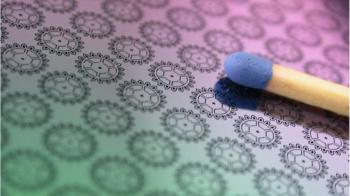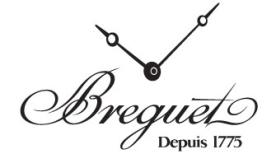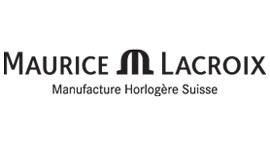The Perfect Material?
Silicon is now to be found everywhere in fine watchmaking, thanks to its non-magnetic properties and its insensitivity to temperature variations. The single-crystal component is also rustproof and particularly light. Moreover, in a watch it is not subject to wear and cannot buckle. Even when subjected to an impact of 5000 g – equivalent to a one-metre fall onto a hard surface – it does not break.
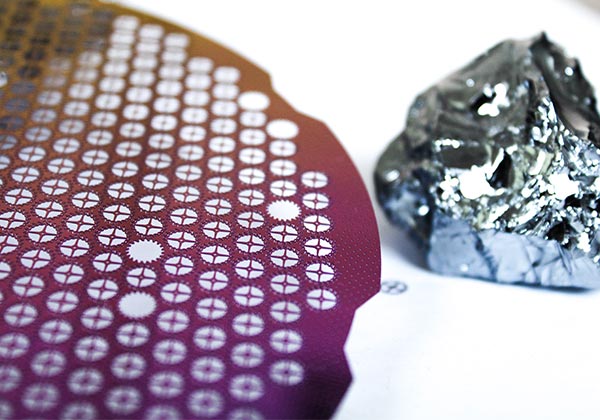
Ulysse Nardin has developed several treatments to further harden silicon, in particular by adding a diamond deposition, a process it began to explore in 2002. Ulysse Nardin thus created Diamond Coated Silicon (DCS), following which it unveiled its Freak DIAMonSIL in 2007. The same material has also been used by Vacheron Constantin and IWC. Today, to achieve its necessary thermal compensation, all silicon components are oxidised in an oven heated to 1050°C, creating a thin surface layer of silicon dioxide.

100 Million in 25 Years
A process known as Deep Reactive Ion Etching (DRIE), used back in 2001 for the Freak watch, is now possible for full production runs, with tolerances measured in microns. All silicon components produced in this way come with a 10-year warranty, a testimony to Ulysse Nardin’s confidence in these processes – to which the firm often enjoys exclusive rights.
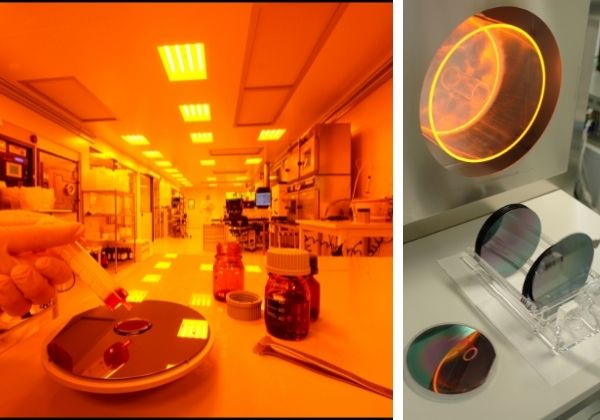
The hairspring, pallet lever and escape wheel are the three components that derive most benefit from the advantages of silicon – and silicon balance wheels and hairsprings are individually paired. Ulysse Nardin is also capable of producing its bridges in silicon, and has its own proprietary shock-proofing processes. Since the late 1990s, the firm has spent some CHF 100 million on Research and Development.

Now Everywhere you Look
Today, silicon is used by a very large number of brands, first and foremost those in the Swatch Group: Breguet, Blancpain, Jaquet Droz, Harry Winston, Glashütte Original, Omega, Rado, Tissot, Hamilton, Swatch, etc. The same is true of Jaeger-LeCoultre, Panerai, Baume & Mercier, Chopard, De Bethune, Tudor, Laurent Ferrier and Maurice Lacroix, not forgetting more advanced initiatives such as Girard-Perregaux’s 2013 Constant Escapement. And last but by no means least, there’s the distinctive Zenith Defy Lab, which has neither hairspring nor an independent pallet lever – nor indeed a conventional shock absorption system. All of these have been replaced by a single-block silicon unit that combines the functions of escapement and oscillating system. Operating at a high frequency of 108,000 vibrations per hour (15 Hz), its expected maximum variation is only ± 0.5 seconds in 48 hours.
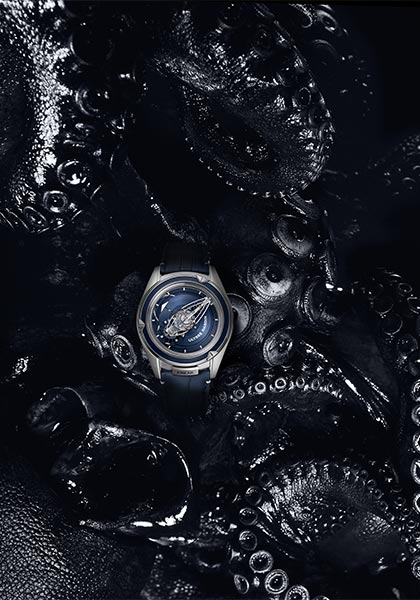
*On the occasion of GMT Magazine and WorldTempus' 20th anniversary, we have embarked on the ambitious project of summarising the last 20 years in watchmaking in The Millennium Watch Book, a big, beautifully laid out coffee table book. This article is an extract. The Millennium Watch Book is available on www.the-watch-book.com, in French and English, with a 10% discount if you use the following code: WT2021.
